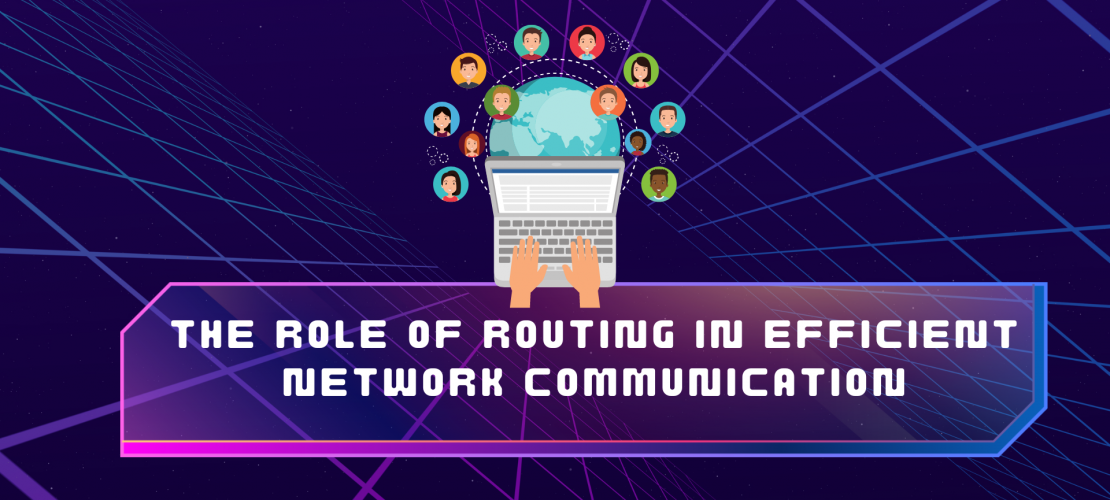The digital landscape is a complex web of interactions, with data flowing ceaselessly from one point to another. Facilitating this smooth flow is a behind-the-scenes hero known as ‘routing.’ This blog delves into the role of routing in ensuring efficient network communication, thus making our everyday digital interactions seamless and productive.
Understanding Routing
In simple terms, routing is the process by which information finds the most efficient path from one network to another. This role is fulfilled by a device known as a router, which directs incoming and outgoing internet traffic on that network in the most effective and efficient way. Essentially, routers are like traffic cops, ensuring that data packets reach their intended destination via the best possible route.
The Role of Routing in Network Communication
- Efficient Data Delivery: The primary function of routing is to ensure data packets are efficiently delivered to their correct destination. Routers determine the best path for the data to travel, considering factors like traffic load, distance, and the reliability of different routes.
- Inter-Network Communication: Routers play a crucial role in connecting different networks. They act as an intermediary, facilitating communication between your local network (like your home Wi-Fi) and larger networks (like the internet).
- Traffic Management: During periods of high traffic, routers manage the data flow to prevent network congestion. They can direct traffic along alternate paths and prioritize certain types of data over others.
- Security: Routers can be configured to enhance network security. They can prevent unauthorized access, block certain websites, and protect the network from malicious attacks.
Routing Protocols
Routing protocols determine how routers communicate with each other to disseminate information that enables them to select routes. Some commonly used routing protocols include:
- RIP (Routing Information Protocol): This is a simple and widely used protocol that uses hop count as a routing metric.
- OSPF (Open Shortest Path First): This protocol finds the shortest path for data packets to reach their destination. It is more efficient and flexible than RIP.
- BGP (Border Gateway Protocol): BGP is used for routing between autonomous systems (large collections of networks under a single administrative domain). It is the protocol that makes the internet work.
The Future of Routing
With the continuous evolution of network technology, routing also needs to adapt and evolve. Software-defined networking (SDN) and the use of artificial intelligence (AI) are two key trends impacting the future of routing.
Software-Defined Networking (SDN): SDN separates the network’s control (routing) and forwarding (data flow) planes, allowing for more efficient and flexible network management. It simplifies routing by allowing network administrators to shape traffic from a centralized console without adjusting individual routers.
AI in Routing: AI can be used to predict network congestion and automatically reroute traffic, even before congestion happens. This proactive approach could drastically improve network efficiency and performance.
In conclusion, routing plays a vital role in ensuring that our world stays connected. It is the backbone of efficient network communication, directing the ebb and flow of data traffic. As networking technology continues to advance, the evolution of routing strategies and protocols will be crucial to managing increasingly complex networks and ensuring seamless digital communication.




